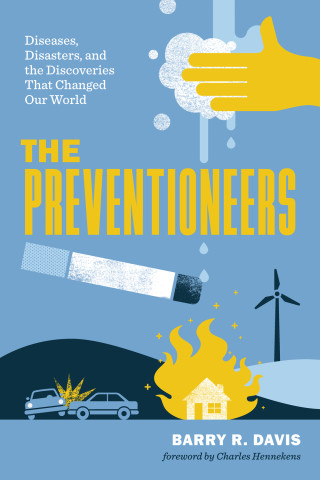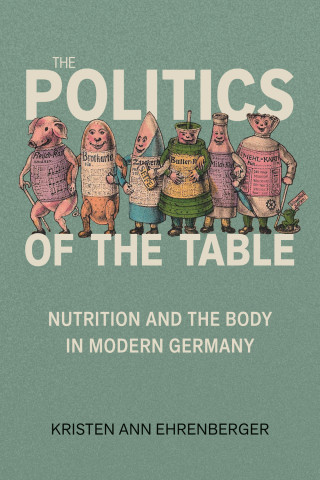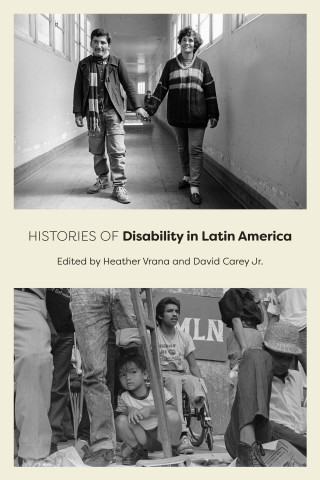
Reviews
This book, lucidly translated, makes compulsive reading.
Minois's book follows the religious, philosophical, literary, and judicial debate for and against self-murder from antiquity to the end of the Enlightenment, demonstrating the close connection between political power, religious authority, social status, and the freedom to die... Minois's study is detailed and thorough... Gory anecdotes and effective reference to overarching intellectual trends make the book edifying and morbidly enjoyable.
Minois... has provided a timely chronicle tracing the evolution of societal attitudes toward suicide... Minois writes in an unadorned, concise prose that aids him in treating a serious subject in a serious manner. Although his own convictions on the issue are clear, Minois treats both sides of our current debate with objectivity, understanding, and compassion.
The History of suicide has come of age. After a century of sociological inquiry, historians over the last decade have now embraced this all-too-human act and have produced remarkable results.
Minois has succeeded in pulling together a wide range of materials, and in reminding us how elite attitudes to suicide shifted, and that those shifts may well serve as pointers to some more general developments in the intellectual history of Europe.
A broad and thought-provoking discussion of the complexities of suicide. Continually reminding us that the legalities and theoretical discussions of suicide often do not coincide with the reality of suicide, Minois focuses his discussion around Hamlet's famous question, 'to be or not to be,' and this proves to be an effective way to organize and present the large and dense amount of material... This book provides a useful and impressive collection of data and an absorbing discussion of attitudes toward voluntary death.
A comprehensive and intriguing study of the grim commingling of resolve and mystery that has characterized the act of and reaction to suicide since the Roman Empire gave way to the Middle Ages in Europe... Balanced, engaging and sufficiently detailed with dark truths to keep the extramural reader interested.
Book Details
Introduction
Part I. Tradition: A Repressed Question
Chapter 1. Suicide in the Middle Ages: Nuances
Chapter 2. The Legacy of the Middle Ages: Between Madness and Despair
Chapter 3. The Classical Heritage
Introduction
Part I. Tradition: A Repressed Question
Chapter 1. Suicide in the Middle Ages: Nuances
Chapter 2. The Legacy of the Middle Ages: Between Madness and Despair
Chapter 3. The Classical Heritage: Perfecting the Timely Exit
Part II. The Renaissance: A Question Raised, Then Stifled
Chapter 4. The Early Renaissance: Rediscovery of the Enigma of Suicide
Chapter 5. To Be or Not To Be: The First Crisis of Conscience in Europe
Chapter 6. The Seventeenth Century: Reaction and Repression
Chapter 7. Substitutes for Suicide in the Seventeenth Century
Part III. The Enlightenment: Suicide Updated and Guilt-Free
Chapter 8. The Birth of the English Malady, 1680-1720
Chapter 9. The Debate on Suicide in the Enlightenment: From Morality to Medicine
Chapter 10. The Elite: From Philosophical Suicide to Romantic Suicide
Chapter 11. The Common People: The Persistence of Ordinary Suicide
Epilogue. From the French Revolution to the Twentieth Century, or, From Free Debate to Silence





